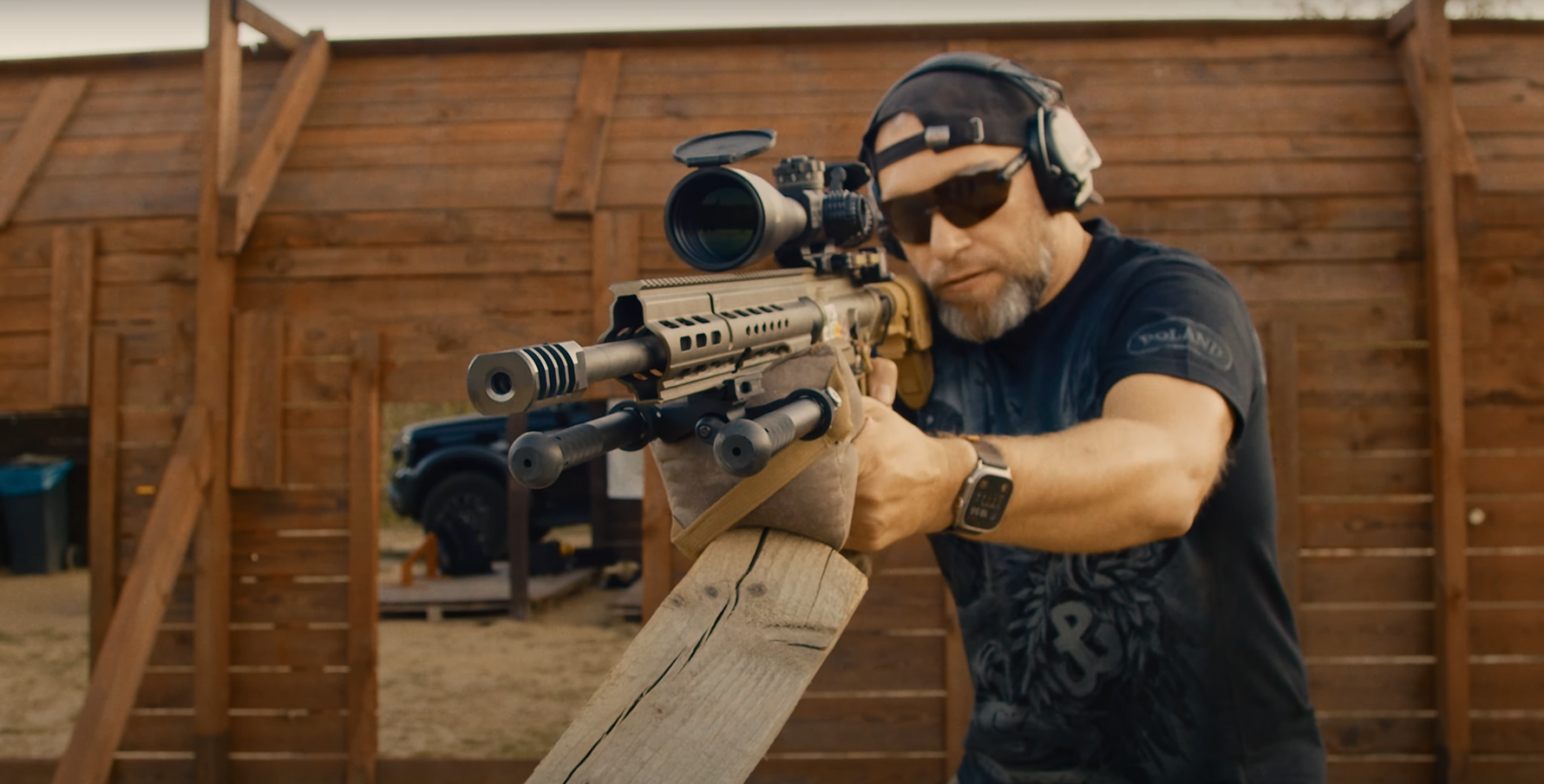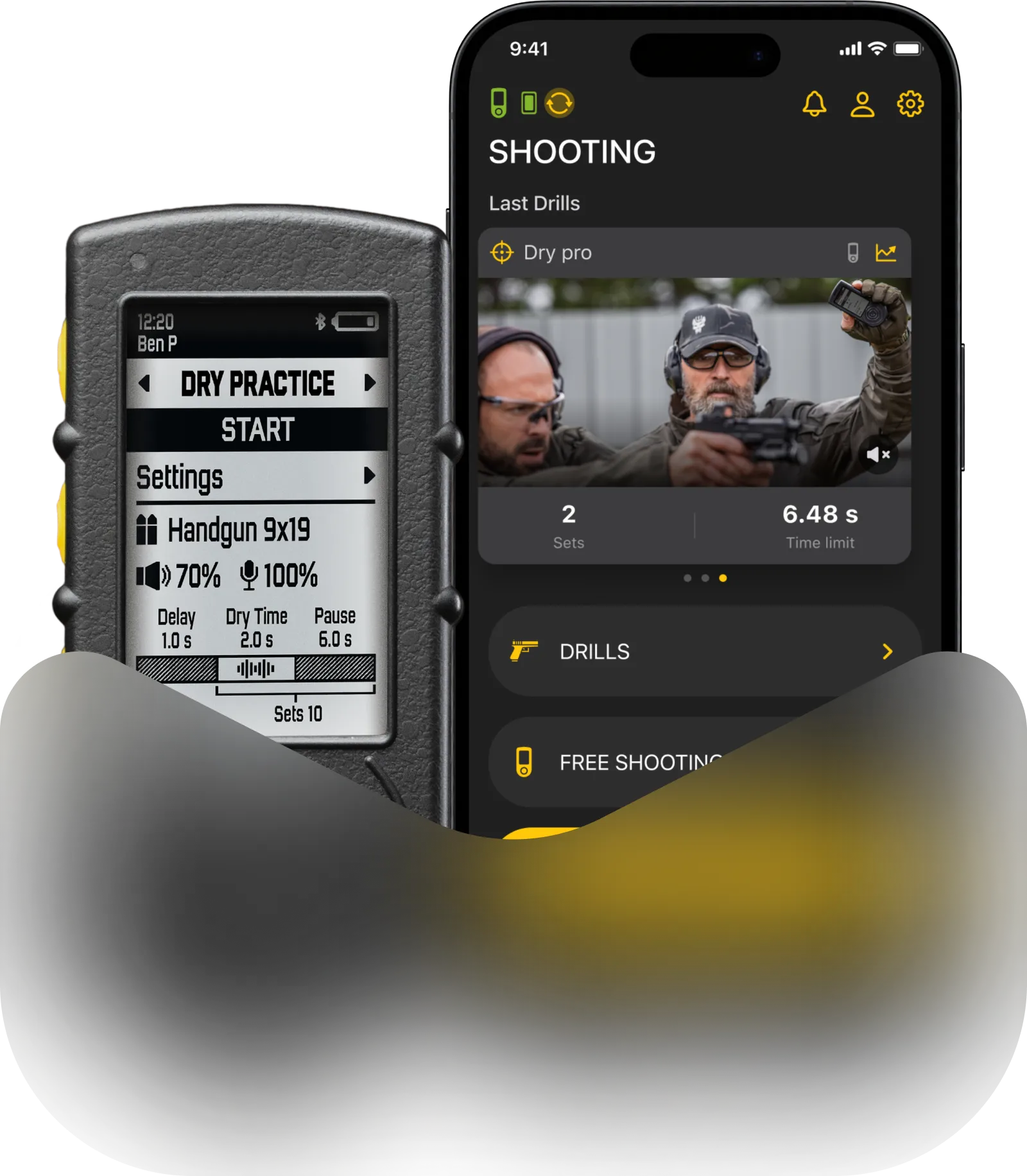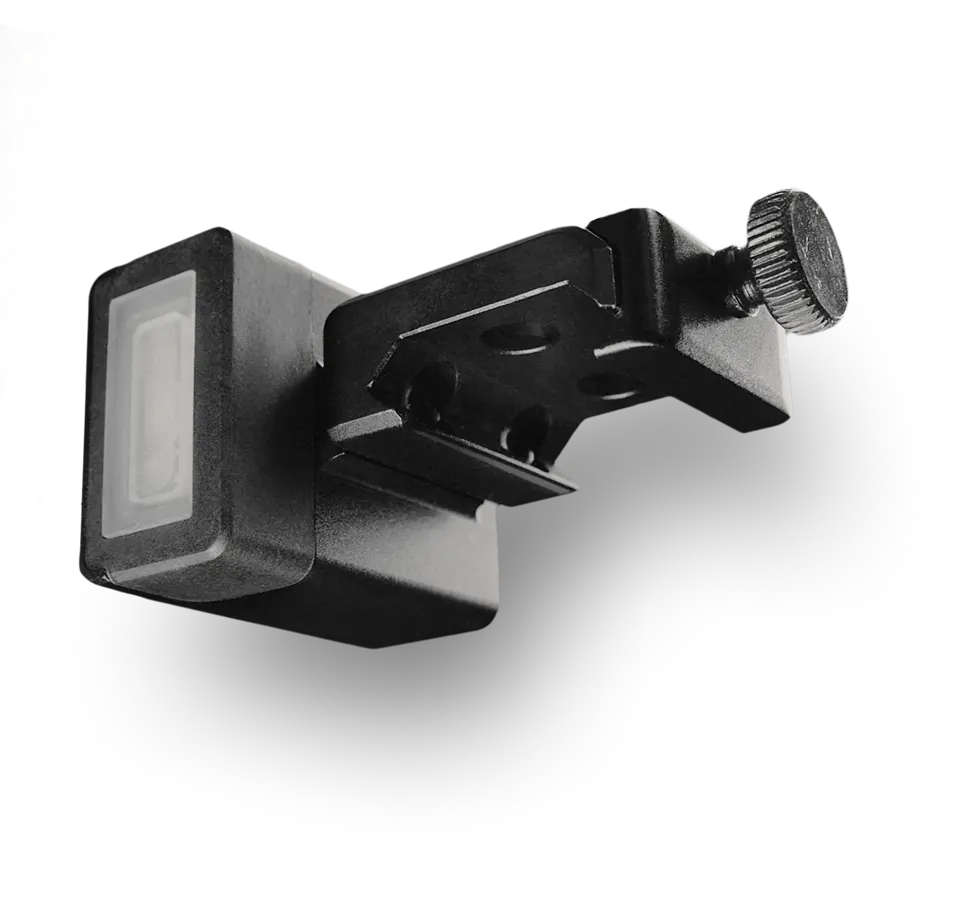The barrel cosine angle in sniper shooting is crucial for accurate long-range shooting. Here, you can learn how to measure and calculate barrel angle and cosine factor in precision shooting.
What is Barrel Cosine Angle
The barrel cosine angle refers to the cosine of the angle between the rifle’s barrel and a horizontal line. It’s essential in adjusting for gravity’s effect on a bullet over long distances.
This measurement is used to adjust a sniper’s aim for gravity when shooting uphill or downhill. By calculating the true horizontal distance to the target, snipers can make more accurate shots as gravity affects the bullet differently based on this adjusted distance rather than the actual line-of-sight distance.
Think of the barrel cosine angle as a way to „flatten” the distance a bullet travels when you’re shooting up or down a hill. Instead of aiming based on the direct line to the target, which could lead to overshooting or undershooting, the sniper adjusts according to the horizontal equivalent of that distance, ensuring the bullet hits its mark more precisely.

How is Barrel Cosine Angle Calculated
The barrel cosine angle is calculated by finding the cosine of the angle of elevation or depression at which the rifle is aimed.
The formula used is:
True Horizontal Distance=Line-of-Sight Distance×cos(θ)
where θ is the angle of elevation or depression from the horizontal.
Barrel Cosine Angle Calculation Example
Suppose a sniper is positioned on a ridge and targets an object that’s line-of-sight distance (measured through a rangefinder) is 800 meters away. However, the target is located downhill at an angle of 30 degrees from the horizontal.
The angle of depression θ\thetaθ is 30 degrees. The cosine of 30 degrees is approximately 0.866.
Let’s apply the formula:
True Horizontal Distance = Line-of-Sight Distance × cos(θ)
Substituting the numbers:
True Horizontal Distance = 800 meters × 0.866
Calculate the Result:
True Horizontal Distance = 692.8 meters
Notes:
- Impact on bullet trajectory. The barrel angle affects the bullet’s trajectory significantly. When shooting at a steep angle, gravity affects the bullet differently compared to shooting on flat ground.
- Use in ballistic calculators. Many modern ballistic calculators integrate the cosine factor automatically. Snipers input the angle or the device measures it, and the calculator adjusts the firing solution accordingly. This tech integration simplifies the process and increases accuracy.
- Environmental considerations. Beyond the mechanics of shooting, environmental factors such as wind speed and air density also interact with the barrel angle. For instance, shooting uphill might encounter less dense air, potentially affecting the bullet’s path.
How to Measure Barrel Angle
To measure the barrel cosine angle, shooters often use a device called a cosine indicator or an inclinometer attached to their rifle. This tool indicates the actual barrel tilt up or down, which can be used for further calculations.
This is how it looks:
This device is often attached with a bubble level, taking up a significant amount of space on the rifle.
Also read: Electronic Level vs Bubble Level
Alternatively, you can use an electronic 5-in-1 device called the SG Pulse. With LED indicators visible in your peripheral vision and syncing with the Drills app, the SG Pulse lets you track five metrics at once:
- Barrel Angle
- Horizontal Level
- Stability
- Muzzle Path
- Delta Between Shots
And it takes up less space than the inclinometer alone. This is how SG Pulse looks and works in real conditions:
SG Pulse is a professional alternative to inclinometers and bubble levels.






